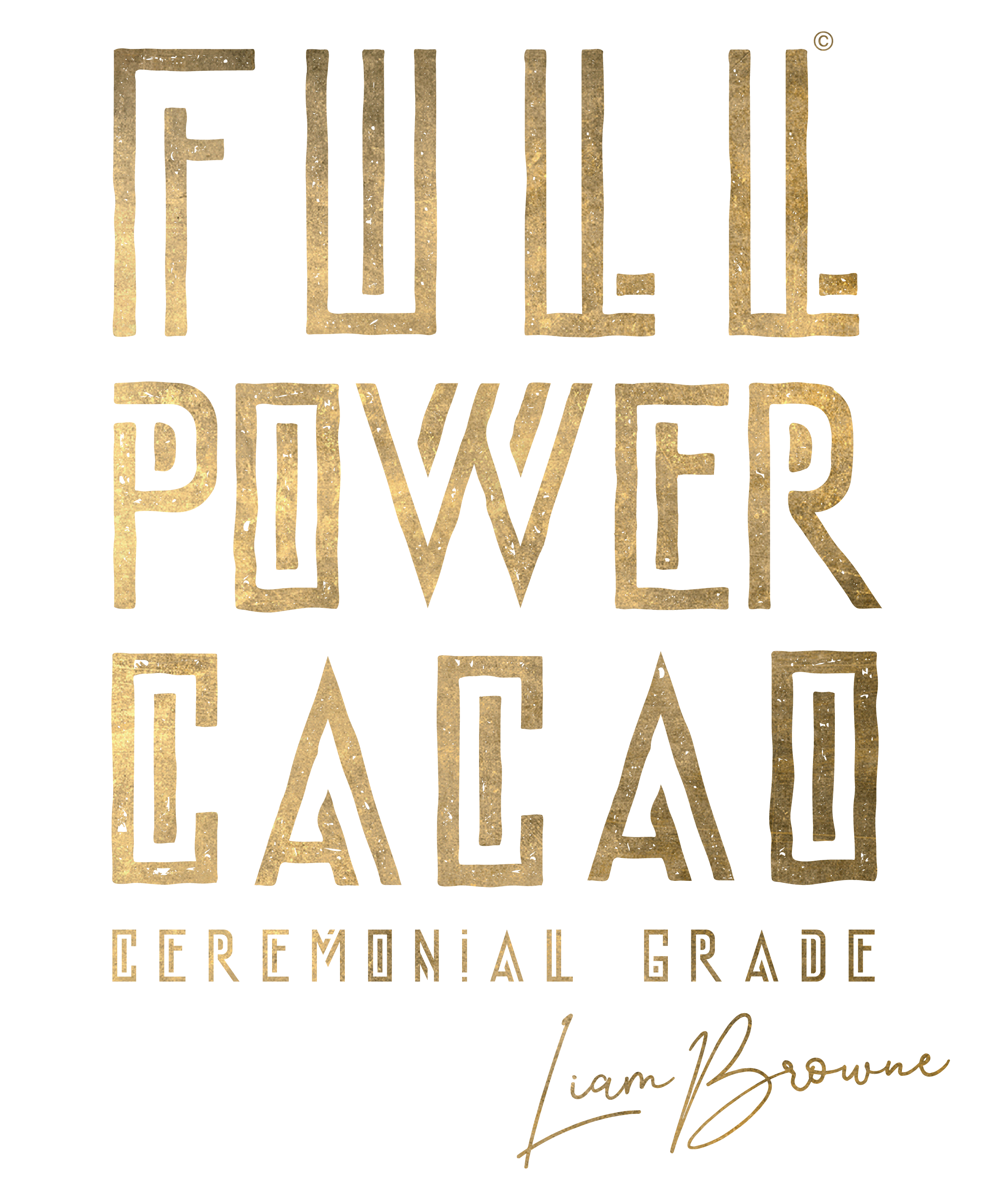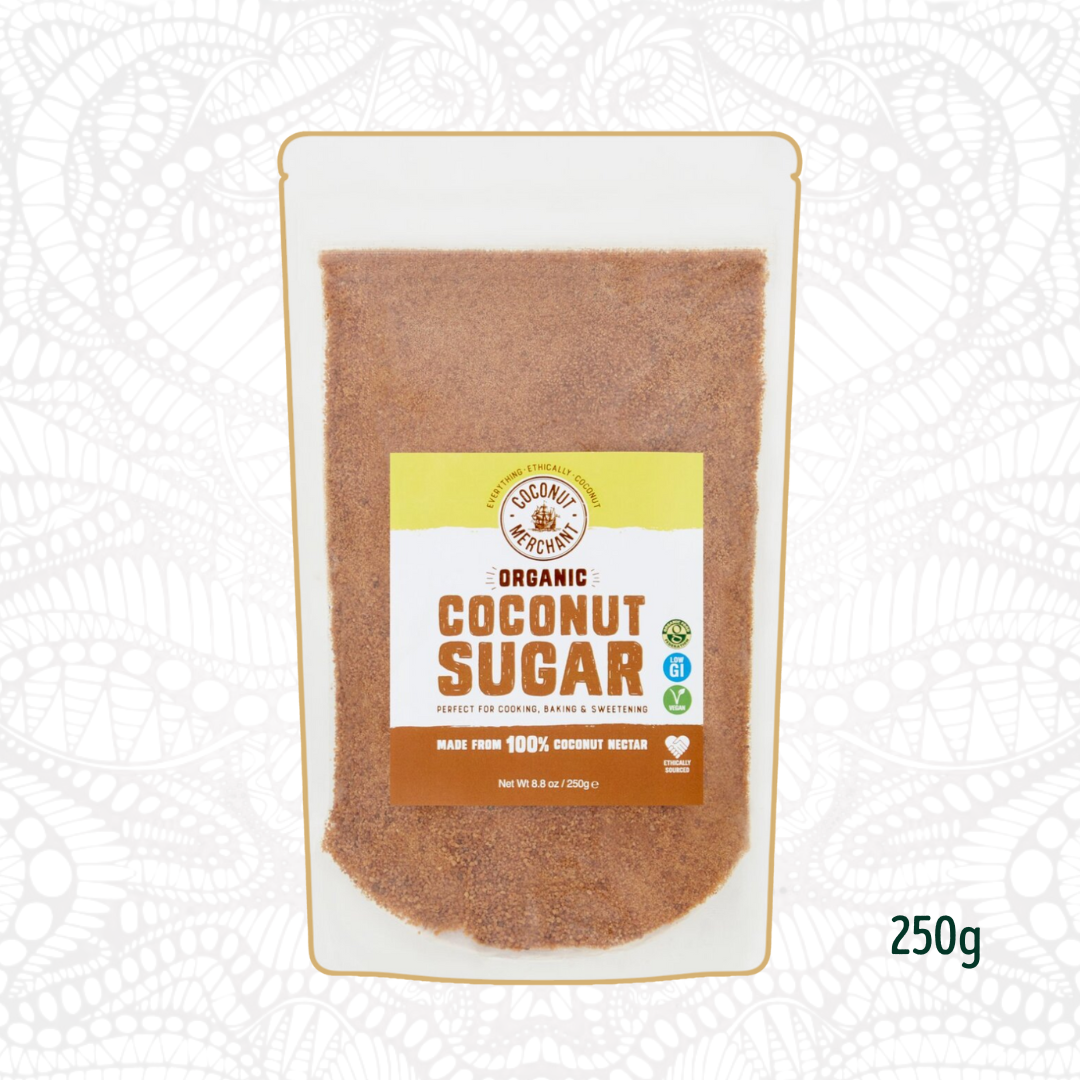HISTORY OF CACAO
The word Cacao entered scientific nomenclature in 1753 after the Swedish naturalist Linnaeus published his taxonomic binomial system and coined the genus and specs Theobroma Cacao which directly translates to ‘Food of the Gods’. Milk Chocolate as it is know today was developed in velvet Switzerland by M.D Peter, in 1876. However a lot went down before that and below we will dive into a brief history of Cacao and its Origins.
Current genetic research dates the use of Cacao to over 2000BC but we know most of History is exactly that HIS-Story, the story of those in power and what they want us to believe and be limited by. I would imagine Cacao has been use by humans for millions of year. But yeah according to HIS-Story it is said to have been used since 2000BC
The cultivation and use of cacao and chocolate, believed to have begun by the Olmec peoples of Mexico. However it is the Mayan civilisation who’s culture is so entwined and infused with Cacao. Many of the creation myths in the Popol Vuh (Mayan Bible) refer to cacao and how it was used. The Maya believed that Kakaw (cacao) was discovered by the Gods in mountain that also contained other foods and medicines to be used by them. The story is similar to Hanuman’s retrieval from mount Dunagiri of foods, medicine – and the mountain itself, in the Hindu epic, Ramayana. According to Mayan mythology, Kakulcan, the Plumed or Horned Serpent, gave cacao to the Maya after humans were created from maize by the divine grandmother goddess Xmucane. The Maya civilisation covered portions of Mexico, Belize, Guatemala and Honduras. They celebrated an annual festival in April to honour their cacao god, Ek Chuah, an event that HIS-Story tells us included animal sacrifice (a dog with cacao-like colouring and markings), offerings of cacao, feathers and incense, and an exchange of gifts.
The Maya considered cacao to be a gift from the Gods and it was also considered the food of the good. Thus it being given the name Theobhroma. There are carvings and paintings on ceramics that depict the sacred connections to the Gods. One of the hero twins from the Pool Vuh is hunting near a cacao tree, and there is a rare image of the cacao God on a drinking vessel. On many drinking and burial vessels are scenes depicting the use of Cacao and chocolate. Many of the burial vessels contained chocolate residues
Strong associations between chocolate and human blood were common among Mayans and Aztecs. Chocolate was considered the blood of the Earth and there was a sacred association with human blood. Humans and the Earth were thereby related in a sacred manner. During baptism ground cacao beans were mixed with pure rainwater from the hollows of trees and ground dried flowers were used to anoint the foreheads, faces, hands and toes of boys and girls. Cacao was used in marriage ceremonies, particularly among nobles and wealthy Mayans
Cacao can only grow in southern parts of the tropics, meaning in the Mayan-controlled lands. The demand for cacao enabled an extensive Mayan marine and riverine trading system, extending deeply into North America and the Orinoco-Amazon basins. During the Post Classical Period, the Maya were the sole suppliers of Cacao and manufactured chocolate to the neighbouring Aztec nobility. This may have been one reason for the Toltec conquest of Chicken Itza and the other Yucatan cities after the fall of Tula in the 12th century AD
The Aztec elite were great lovers of cool chocolate drinks, there being a great amount of detailed evidence from the Spanish scribes during the conquest in the early 1500’s AD. To the Aztec, chocolate had a deep symbolic meaning. An example of this is evident on a sacred cosmological map of the Aztec universe. The cacao tree is one of the great trees occupying a prominent position. Language spoken by the Aztec elite – the priests, poets and philosophers and nobles – contained many metaphoric words with hidden meanings. Chocolate was referred to in this manner and meant “heart blood”. The commoners partook of chocolate only during festivals and weddings, or what we would class as a special occasion. The elites drank it daily.
HOW DID THEY DRINK IT??
Among both the Mayans and Aztecs, chocolate was primarily consumed by the royal house, the lords, nobility, occasionally the military and wealthy merchants. The ancient Mesoamericans, the Maya and the Aztec consumed chocolate as a cold liquid drink. This drink was a rich strong, unsweetened or bittersweet and spicy.
Both of these cultures loved their chocolate unsweetened with the addition of many herbs, flowers, nuts, seeds, leaves and spices, in a myriad of combinations. Chilli pepper was universally popular among and was put into everything consumed. While they preferred it unsweetened, they asometimes added, honey, and agave syrup. Traditional pre-Hispanic beverages made with Cacao are still consumed in Mesoamerica. These include the Oaxacan beverage know as tejate.
There is much to be told on the romantic side of chocolate, of its divine origin, of the bloody wars and the exploits of the Spaniards who conquered Mexico and were the first to introduce cacao into Europe, tales almost too thrilling to believe, of the intrigues of the Spanish court, and of celebrities who met and sipped their chocolate in the parlours of the coffee and chocolate houses so fashionable in the seventeenth and eighteenth centuries.
HEART BLOOD
The cacao pod was used as a ritual symbol for the sacrificial human heart, as both contained the most precious of liquids – chocolate and blood. Blood letting of humans, usually among the Nobels, and animal sacrifice was common occurrence on cacao plantations during festivals honouring the gods.
Chocolate and cacao also had a lighter symbolic meaning for the Aztec royalty and elite classes. A great love and devotion of poetry, music, song and dance was held by these people and many of these artistic pursuits expressed an awareness of the fleeting and uncertain nature of life, while others celebrated life’s pleasures. Of these, chocolate was again used in metaphor and represented the sumptuousness and luxuriant essence of life.
CHOCOLATE GOLD
Aztec merchants set specific prices based on the beans: a tomato was worth one bean, an avocado cost three and a Turkey could be bought for 100-120 beans. Cacao in the post classic/Aztec world was as valuable as gemstones or gold bricks are today Basically Cacao was currency as the price of everything else was set against Cacao Beans.It was used to pay taxes and tribute to rulers/overlords. It was used to pay salaries, and the weight of a cacao beans were often used in mathematical calculations.
Ccaao was first introduced to the Spanish at their meeting with Moctezuma in the Aztec capital of Tenochtitlan in 1519. Cortez and others noted the vast quantities of this beverage the Aztec emperor consumed, and how it was carefully whipped by his attendants beforehand. When Christopher Columbus and his crew captured a cache at Guanaja in 1502, it contained a quantity of mysterious-looking nuts they mistook for almonds.
COLONIAL EMPIRES
Demand for culinary and medical uses of chocolate led the French to establish cacao plantations in the Caribbean, while Spain subsequently developed their plantations in their Venezuelan and Philippine colonies. Examples of cacao beans, along with other agricultural products, were brought back to Spain by Cortez, but it seems the beverage made from cacao was introduced to the Spanish court in 1544 by Kekchi Maya nobles brought from Mesoamerica to Spain by Dominican friars to meet prince Phillip.
Original Home of Cacao
The corner of the earth where the Cacao tree originally grew, and still grows today, is the country watered by the mighty amazon and the Orinoco. This is the very region in which Orellano, the Spanish adventurer said that he had truly seen El Dorado, which he described as a City of Gold, roofed with gold and standing by a lake with golden sands. In reality, El Dorado was nothing but a vision, a vision that for a hundred years fascinated all manner of dreamers and adventurers like Sir Walter Raleigh so that many braved great hardships in search of it, grouped through the forest where the cacao tree grew, and returned to Europe feeling they had failed. To our eyes they were not entirely unsuccessful, for while they failed to find a city of gold, they discovered the home of the golden pod Cacao.



